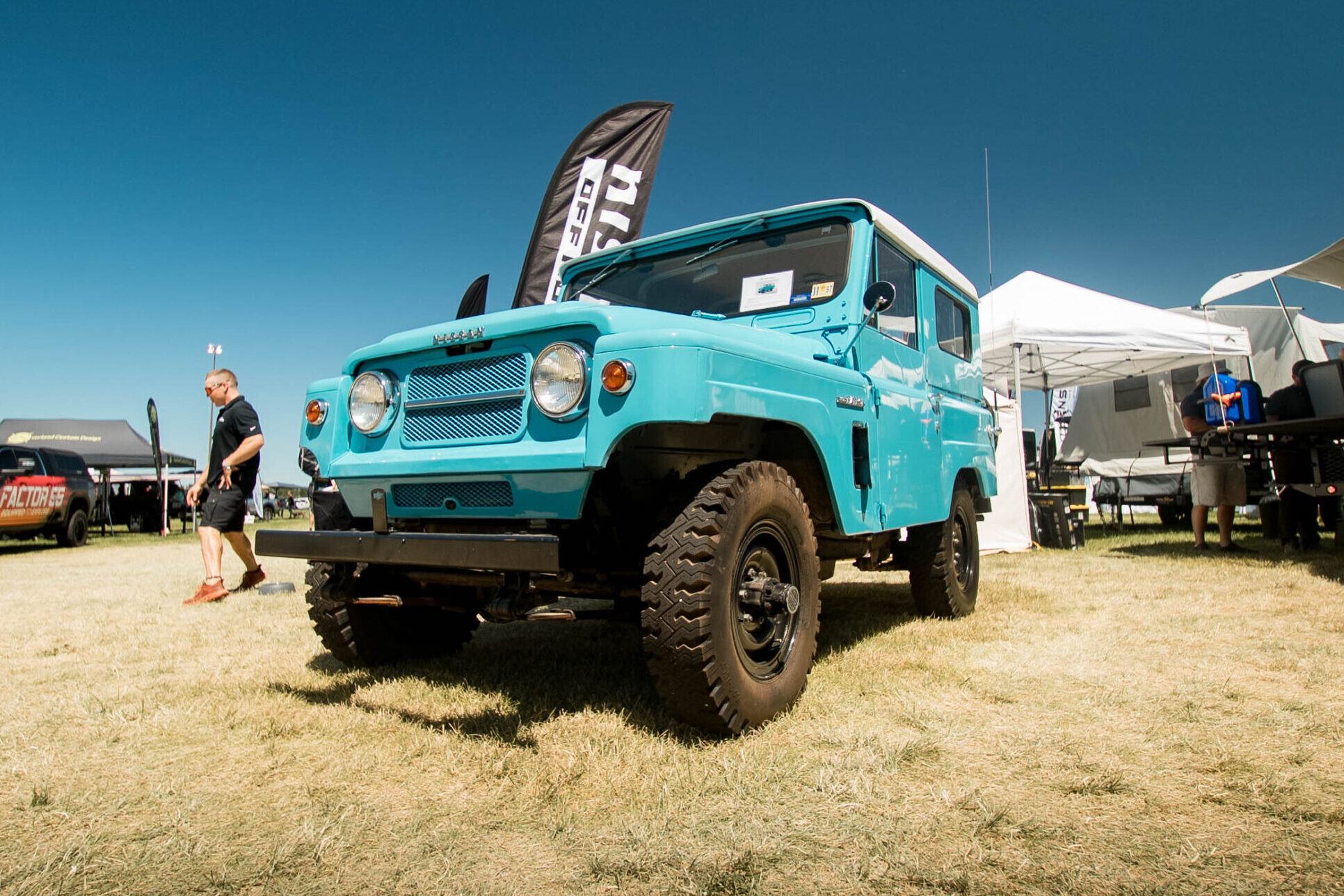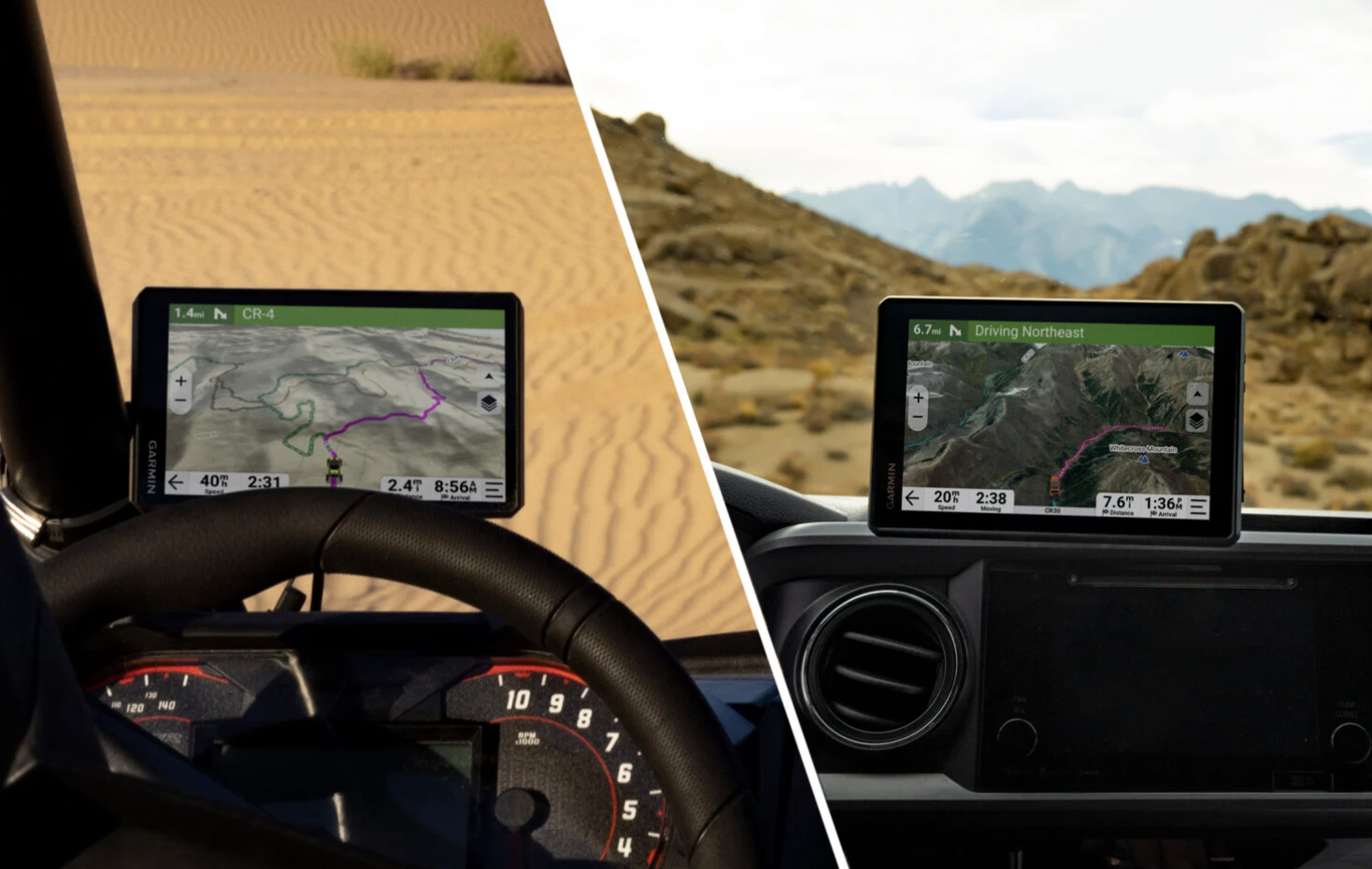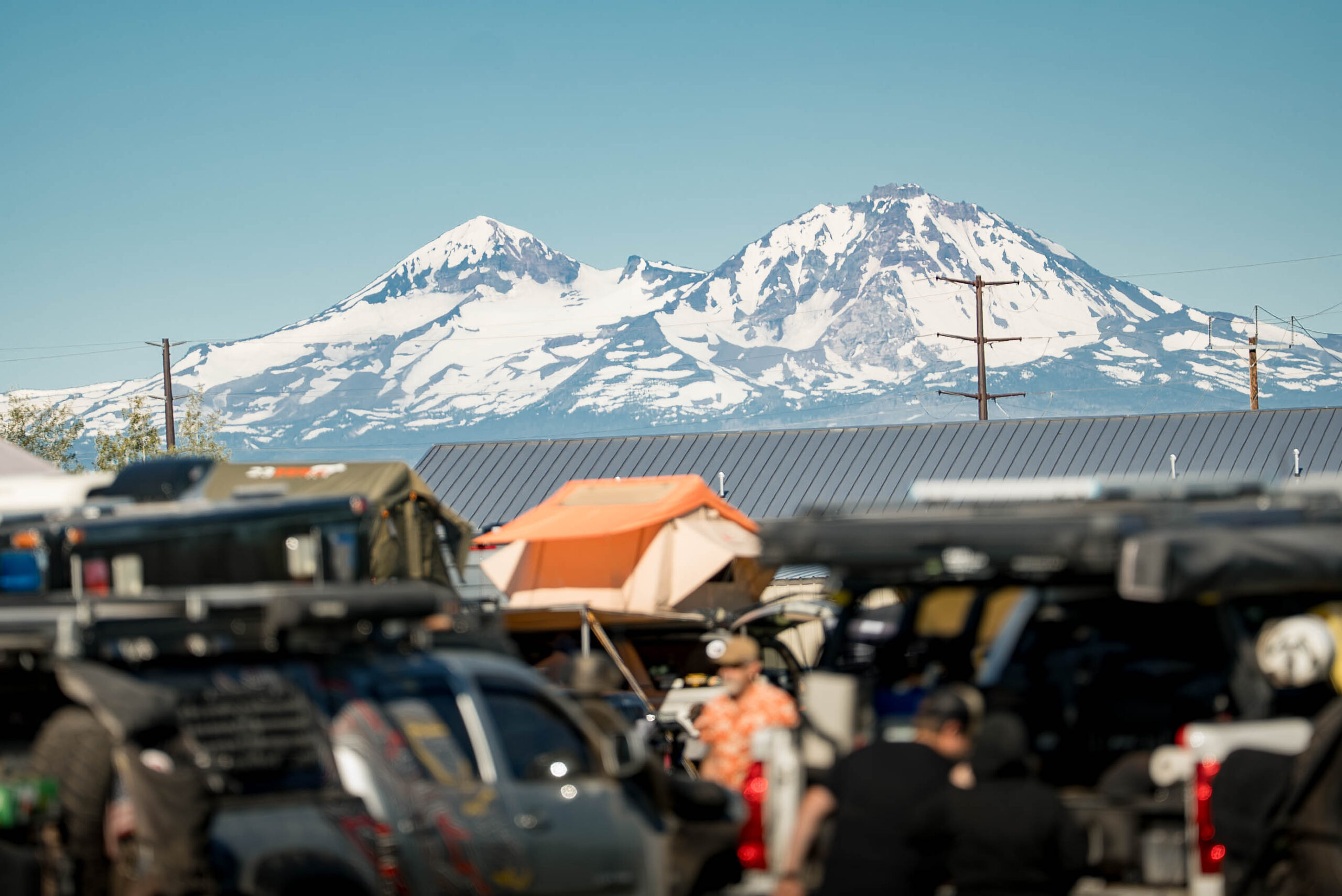Out in the wild, where cell phones can’t get a signal, they are pretty much reduced to fancy cameras. Communication between campers without cell service is usually best done with walkie-talkies, most of which now operate on the reserved FRS and GMRS bands like the Midland Ammo Can radio system we just reviewed. They typically work great – up to a point, but the range can be greatly affected by terrain, weather, battery power, and more.
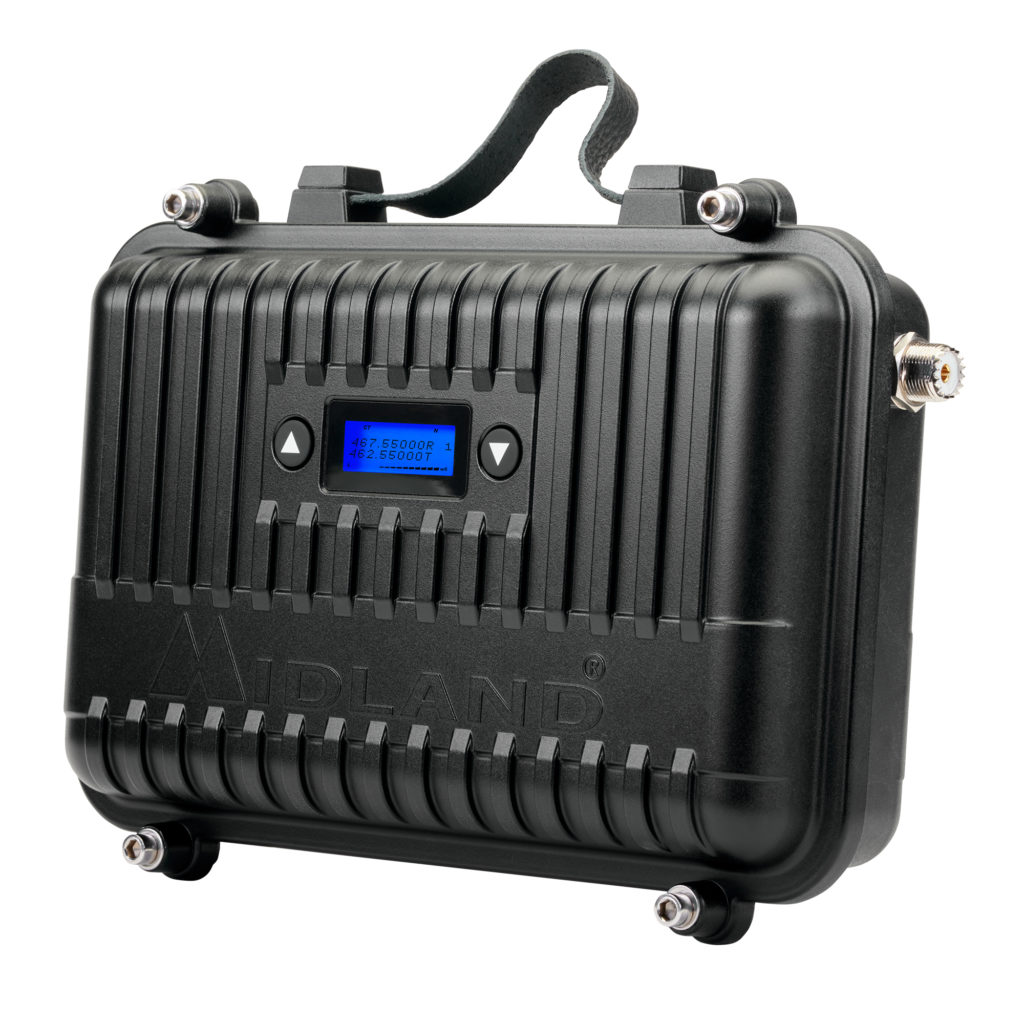
Photo by Midland
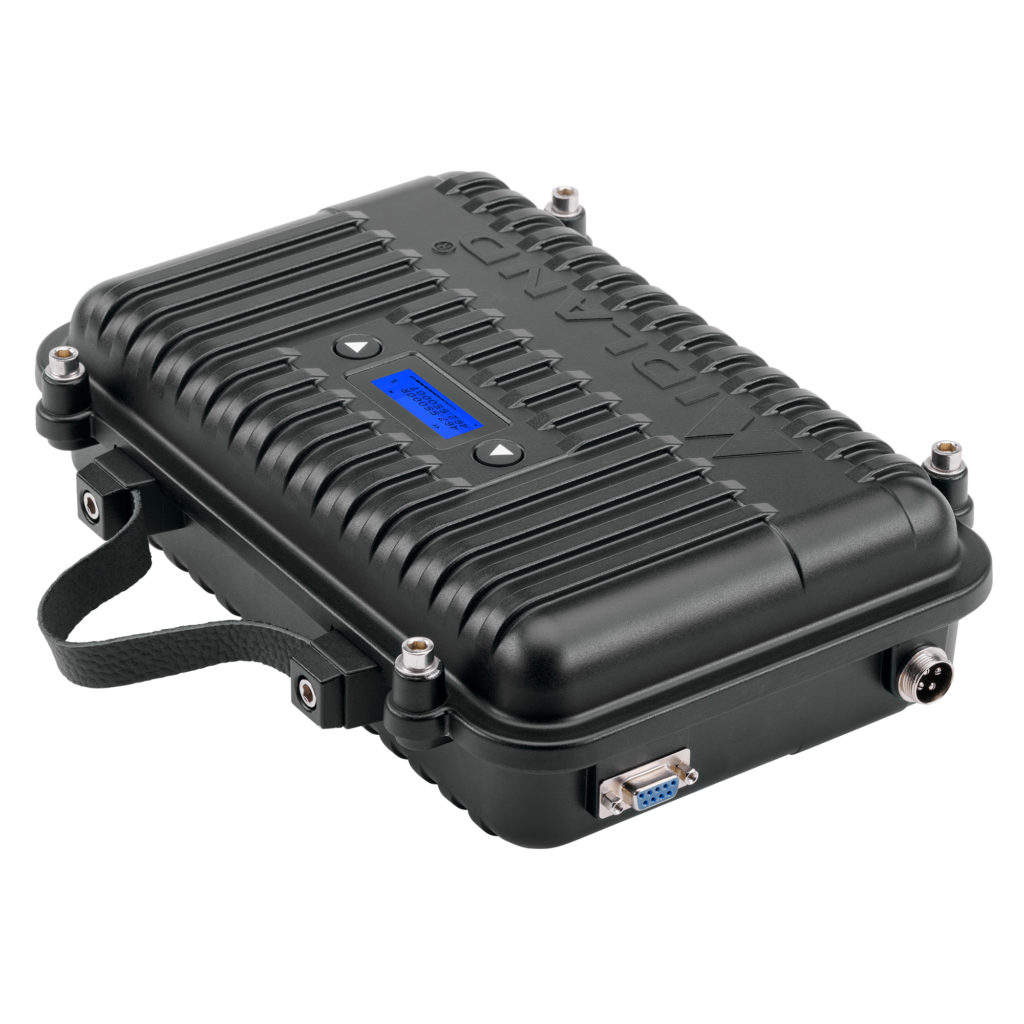
Photo by Midland
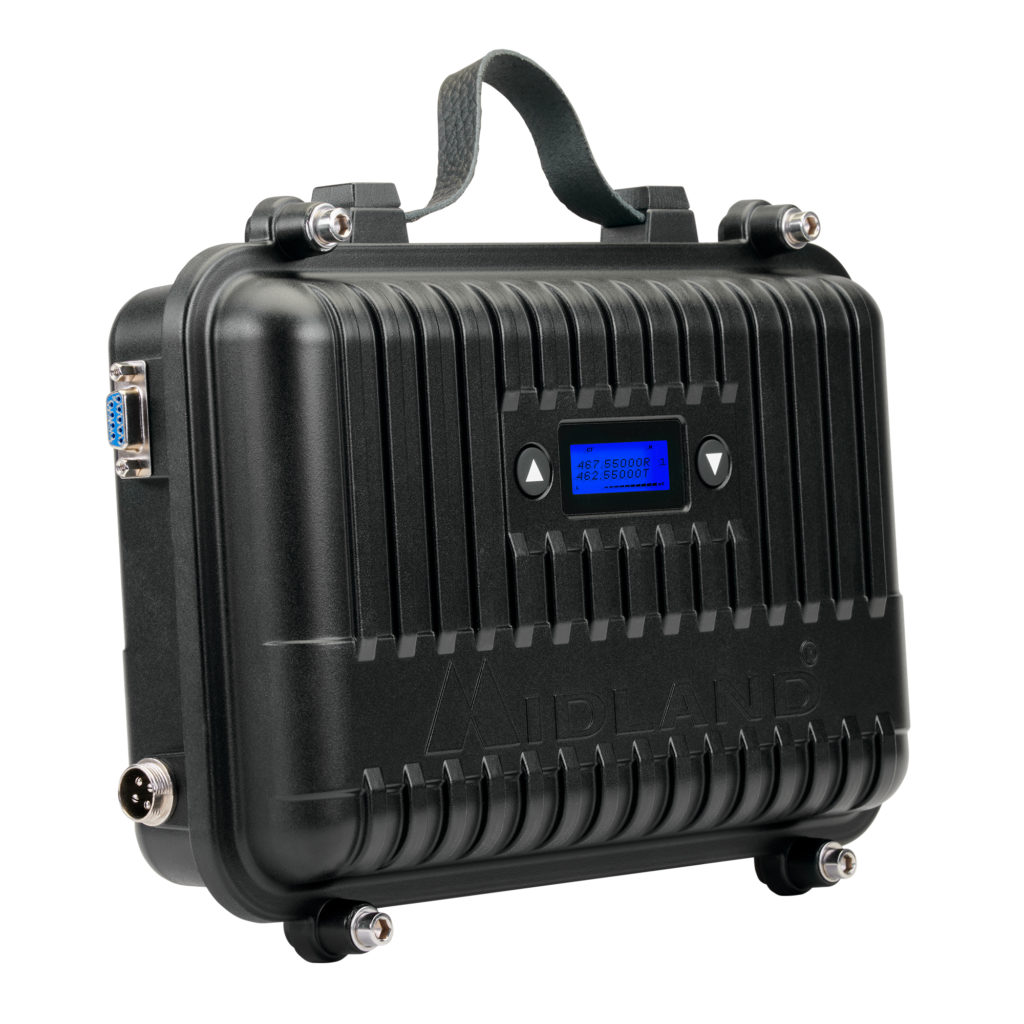
Photo by Midland
Now, Midland has debuted the MXR10 repeater, which should help greatly extend the range of your walkies if you tend to need long-range communication away from cellular systems. For those unfamiliar, a “repeater” is a device that receives a radio signal, greatly boosts the power, and then re-broadcasts (repeats) it, all pretty much instantaneously. It’s what amateur radio users, search and rescue teams, and professional radio broadcasters have used since the 1970s to send signals far and wide. Typically, they are large, very expensive, and complicated to operate. The Midland MXR10 unit is the size of a lunch box and weighs just over five pounds.
READ MORE: Gear Chronicles: Midland Radios
Midland’s MXR10 repeater will come in two versions, a black box (as it were) for $459.99 and a complete turn-key system with an antenna and cable for $659.99. An antenna is required and for a repeater to work and it should be a large antenna set at as high an elevation as possible, such as on a building. In the field, a tall, well-anchored and perhaps guy-wired pole would be advisable.
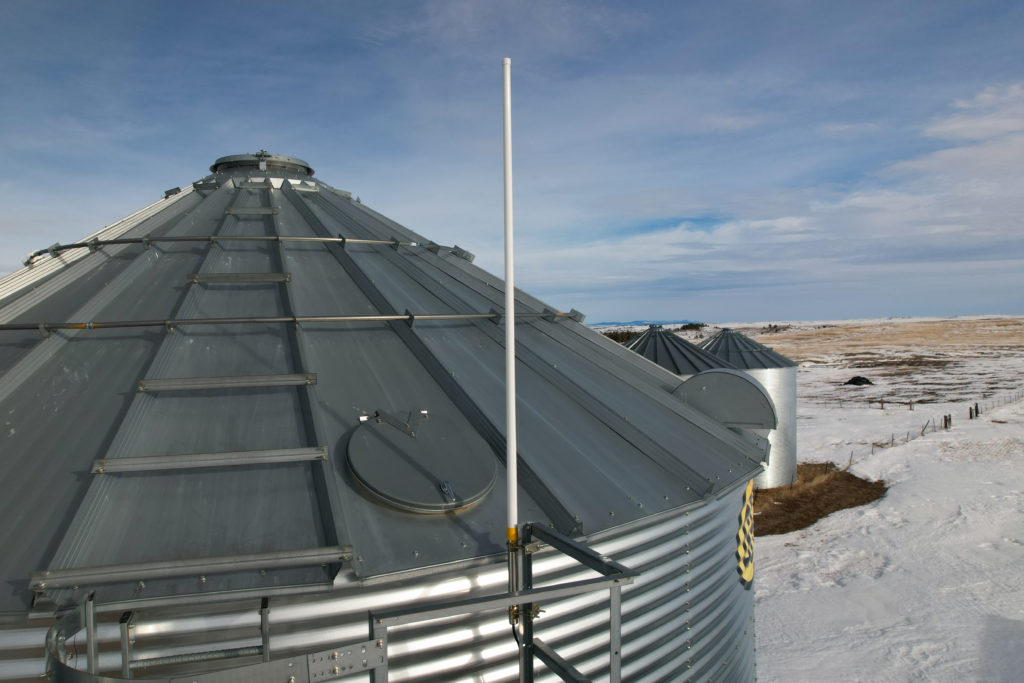
Properly set up, Midland says the repeater can boost the “range” of a compatible GMRS handheld to as much as 50 miles under ideal conditions. Also, repeaters can often talk to other repeaters in a linked “series,” allowing transmission over hundreds of miles (or more), but that takes a certain amount of coordination, setup, and programming. Midland did not specify if the MXR10 has series capability.
Still, Midland’s MXR10 makes what was previously very expensive and complicated tech affordable and usable for most anyone, although there are some small programming bits to learn and some simple FCC licensing required. It’s great to see Midland bring this once very expensive and complicated piece of radio gear down in price and basically make it plug-and-play.
